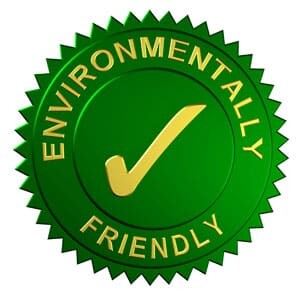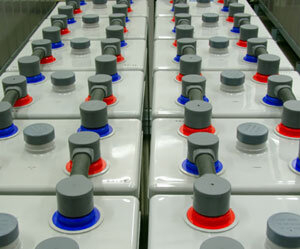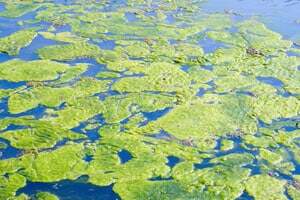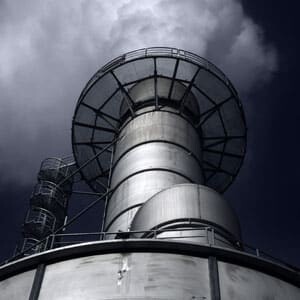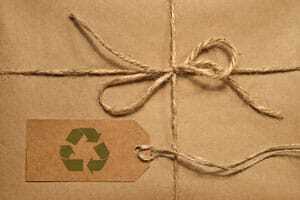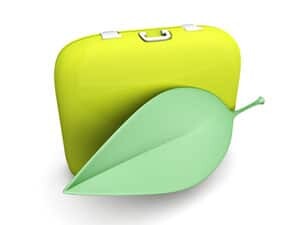 The Belo Monte dam project is a huge, large-scale hydroelectric scheme scheduled for development on the Xingu River in Brazil.[1] If its development goes ahead it will become the third largest hydroelectric dam project in the world.[2]
The Belo Monte dam project is a huge, large-scale hydroelectric scheme scheduled for development on the Xingu River in Brazil.[1] If its development goes ahead it will become the third largest hydroelectric dam project in the world.[2]
The Belo Monte project plan began in 1975, but was later dismissed because of too much environmental controversy. It was resurrected in the 1990’s and eventually in the 200’s, a new plan and contract was signed. Preliminary construction began in March 2011 and a full license to construct the dam was eventually granted in June of this year.
Local indigenous and flora and fauna under threat
Numerous court challenges to the project have occurred in Brazil. A number of indigenous tribes inhabit the Xingu region and have strongly and repeatedly objected to the hydroelectricity project. In 2010, the famed Avatar film director, James Cameron began his support of the indigenous tribes, stating he would help in whatever way he could do help their message reach the world. He publicly stated that the Belo Monte dam project is a “situation where a real-life Avatar confrontation is in progress.”[3]
Specific threat
80% of the Xingu River will be diverted from original course and this means permanent drought to given areas which will decimate the territory of the Juruna and Arara people. 668 square kilometres of area will be flooded and 400 square kilometers of this is standing Amazon rainforest. The government has repeatedly been invited to talks with the indigenous populations and has refused to show up. 20,000 people in total will be displaced from their lands. Some of these areas will not necessarily be flooded, but will suffer indirect impact and involuntary displacement due to massive disruptions to the ecosystems of which they are a part. Their fisheries areas, their groundwater and their ability to transport along the river systems, as well as stagnant pool problems are all likely impacts. Water-borne diseases are also likely to increase. The President of Brazil – Dilma Rousseff and others have disregarded UN advice and have supported the project.
Hydroelectricity is often cited as a clean energy solution to Brazil and other nations’ need for new measures against climate change. While this may be true, “Philip Fearnside of The National Amazon Research Institute has calculated the loss of the forests flooded by Belo Monte’s reservoirs will generate enormous quantities of methane – a greenhouse gas that is 25 times more potent than C02.”[4]
Brazil’s IBAMA organization – the national environmental agency – released an Environmental Impact Assessment for the project. It stated there will be considerable biodiversity loss in the region as well as risk of extinction of hundreds of species. It also listed the following possible impacts:
- An increase in population and uncontrolled land populations
- Changes in landscape
- Damage to archaeological estates in the area
- Threat to the future of the local population and indigenous people of the region.[5]
Envirosafe Solutions supports the protection of the lands inhabited by the Juruna and Arara people of the Xingu River region and the Amazon.
For more information concerning Envirosafe Solutions range of eco-friendly products telephone 1300 889070.
[1] http://amazonwatch.org/work/belo-monte-dam
[2] http://www.amnesty.org/en/news-and-updates/brazil-urged-suspend-belo-monte-dam-project-2011-06-02
[3] http://www.guradian.co.uk/world/2010/apr/18/avatar-james-cameron-brazil-dam?INTCMP=ILCNETTXT3487








